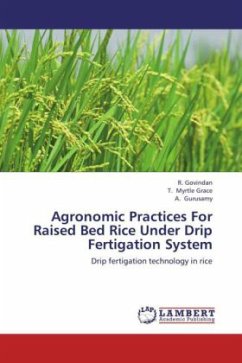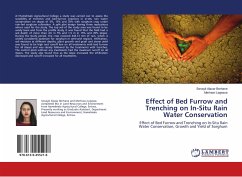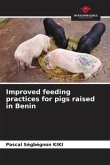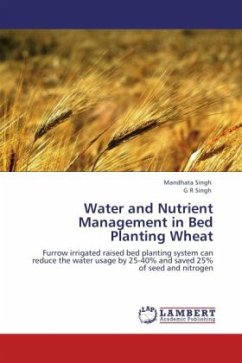Please note that the content of this book primarily consists of articles available from Wikipedia or other free sources online. Raised bed gardening is a form of gardening in which the soil is formed in 3 4 foot (1.0 1.2 m) wide beds, which can be of any length or shape. The soil is raised above the surrounding soil (6 inches to waist high), sometimes enclosed by a frame generally made of wood, rock, or concrete blocks, and enriched with compost. The vegetable plants are spaced in geometric patterns, much closer together than conventional row gardening. The spacing is such that when the vegetables are fully grown, their leaves just barely touch each other, creating a microclimate in which moisture is conserved and weed growth suppressed. Raised beds produce a variety of benefits: they extend the planting season; they reduce the need to use poor native soil; and they can reduce weeds if designed properly. Since the gardener does not walk on the raised beds, the soil is not compacted and the roots have an easier time growing. The close plant spacing and the use of compost generally result in higher yields with raised beds in comparison to conventional row gardening.
Bitte wählen Sie Ihr Anliegen aus.
Rechnungen
Retourenschein anfordern
Bestellstatus
Storno








